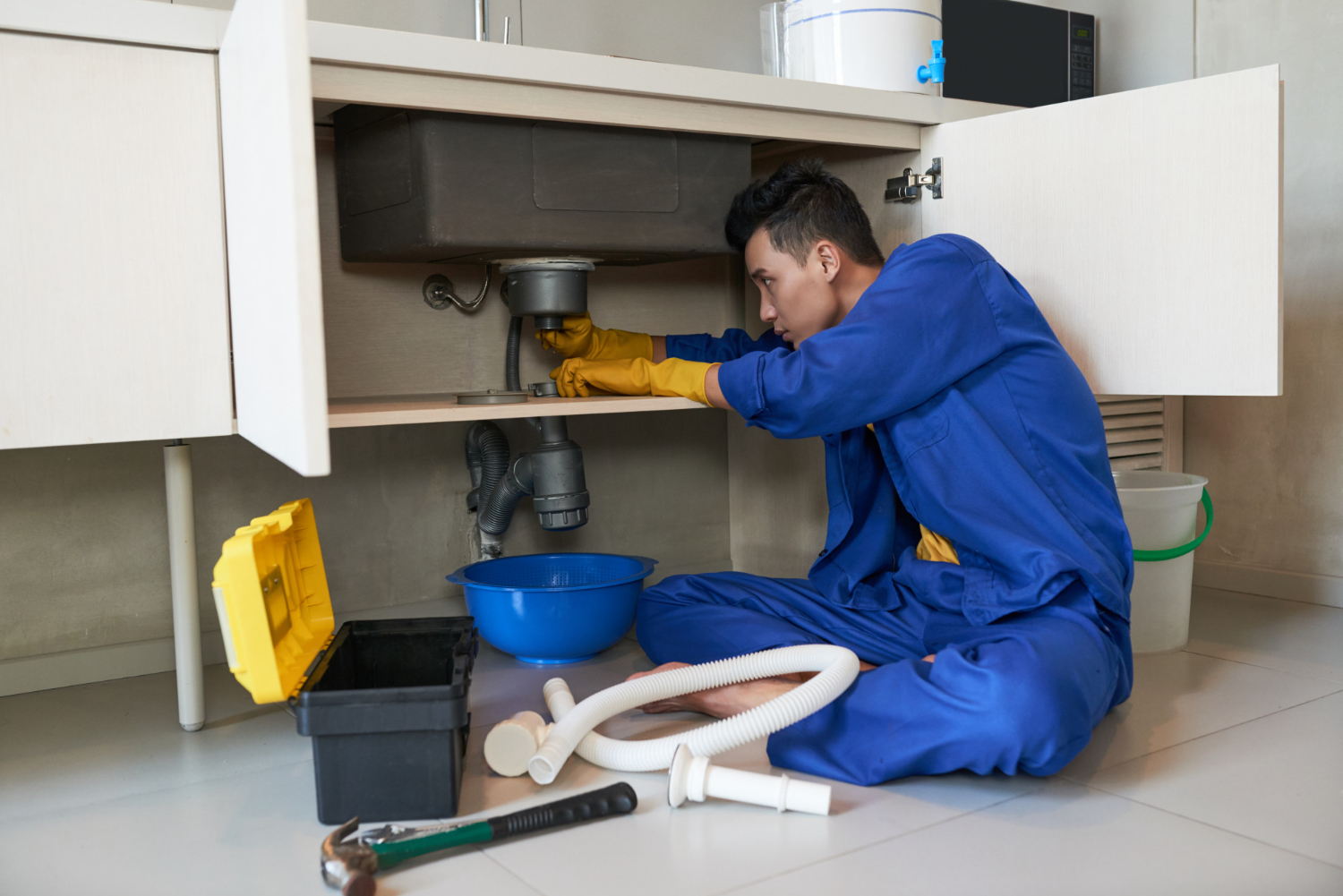
A dripping faucet is more than annoying; it’s wasteful and can lead to high water bills. It also indicates a more serious issue, like a broken seal. Although plumbing issues might be annoying, you can solve many by using smart home remedies and the correct expertise. Here are common plumbing problems you should know about.
Clogged Drains and Toilets
A clogged drain or toilet is every homeowner’s worst nightmare. Not only does it prevent you from using the affected fixture, but it can also cause sewage or waste to back into your home. Most drain clogs form over time as cooking grease, hair, soap scum, and other substances stick to pipe walls. A plunger can work wonders on a toilet clog or a slow drain. However, if the problem is serious and wastewater is backing into your showers or tubs, call an emergency plumber immediately. They can use specialty tools to dislodge the blockage without damaging your pipes. They can also advise you on how to avoid a plumbing catastrophe in the future.
Water Heater Issues
The plumbing system in your home is an impressive feat of engineering, but it still needs its problems. Some of these can be solved with do-it-yourself techniques, but others may require professional help. Knowing the most common plumbing issues and solutions can help you determine when to grab your tool belt and when to call a plumber.
A dripping faucet is an irritating nuisance but also indicates a bigger problem, such as a broken washer or corroded pipe. It is possible for lines that are leaking to remain unnoticed for a long time. It can lead to a rise in your water bill and may also result in harm to your flooring or drywall. Check your basement and crawl spaces regularly for signs of water damage around pipes. Various factors, including bad calcium buildups and clogged drains, can cause low water pressure. Try cleaning your aerators and showerheads by soaking them in vinegar, but if the problem persists, contact a plumbing contractor for professional assistance.
Leaky Pipes
Leaky pipes are often difficult to spot until they’ve done serious damage. It is because your lines are behind walls and out of sight, and small leaks can quickly become big if left unchecked. Water can soften drywall and stain ceilings, leading to costly repairs. A leaking pipe can also lead to mold growth in your home, which isn’t just unsightly and a health hazard. You probably have a leaky pipe if you notice a musty smell or mildew, peeling paint and bubbles on your walls, or dripping sounds.
It may be tempting to attempt fixing a leaky pipe on your own, but it is advisable to leave it to a professional plumber for a long-lasting solution. Start by shutting off the water supply to the damaged line. Duct tape can be an effective solution for leaky pipes, provided you close off the water and dry the area before applying the tape. Other DIY fixes include pipe repair clamps and epoxy putty.
Low Water Pressure
There are several solutions for low water pressure. First, homeowners should check with their neighbors to see if they are experiencing the same issue. The water company may also perform maintenance or have an outage, which can temporarily lower water pressure. Corroded pipes are another potential cause of low water pressure. Over time, corrosion narrows the pipes and can reduce the water flow. Low water pressure can also be caused by leaking pipes. The leaks redirect water flow, and you may be able to detect them by sound or moisture. To check for a leak, shut off all the taps in your house and take a reading of your water meter. Check it again a few hours later; if the meter has a higher reading than the previous one, you may leak in your water supply line. The water meter valve (which looks like a wheel) must be turned counterclockwise to open it fully.



